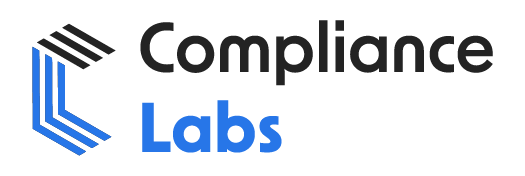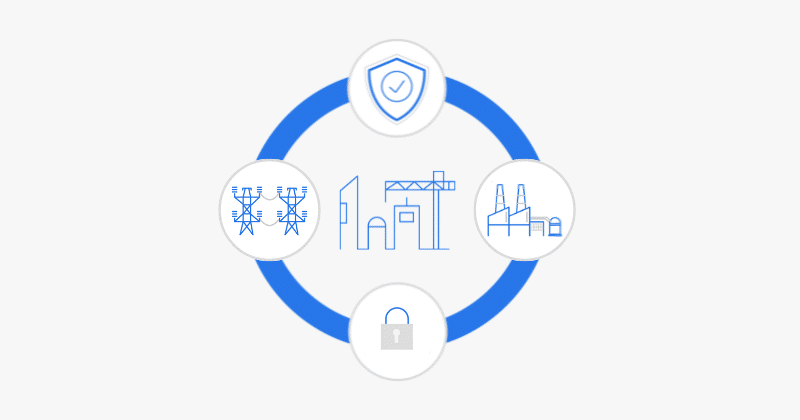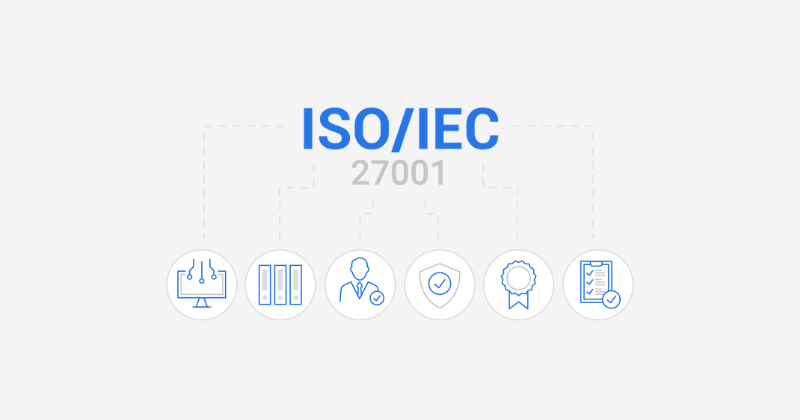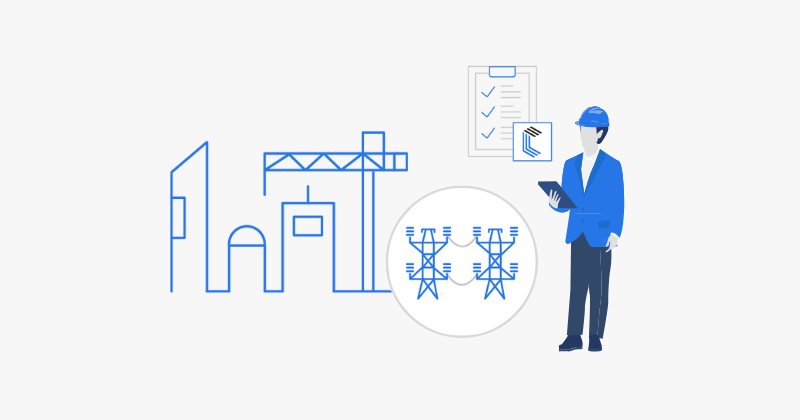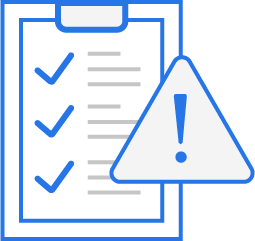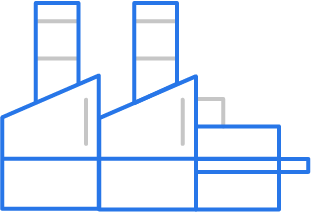Stop Privilege Creep: Why User/Admin Separation Matters
In enterprise IT and cybersecurity, significant risks often accumulate quietly, rather than announcing themselves with immediate, obvious impact. One such insidious threat is Privilege Creep, the gradual, often unnoticed expansion of user access rights beyond what is strictly necessary for their roles. This incremental accumulation of permissions can transform a minor oversight into a critical vulnerability, providing an open pathway for attackers.
A recent NSA/CISA joint cybersecurity advisory (CSA) highlights common misconfigurations. The advisory underscores a critical point: improper separation of user/admin privileges remains a pervasive, dangerous weakness affecting many organizations. Understanding Privilege Creep and actively combating it through strategies like strict user/admin separation and adherence to the Principle of Least Privilege is not just good practice; it is fundamental for modern security and regulatory compliance.
The Pervasiveness of Excessive Privileges
Years of observation into how these internal ‘silent threats’ evolve paint a concerning picture of current access management practices in many organizations. Allowing Privilege Creep to go unchecked significantly broadens an organization’s attack surface, making it far easier for malicious actors, once they gain an initial foothold, to move laterally, escalate their privileges, and ultimately achieve their objectives—whether data theft, ransomware deployment, or operational disruption. Adversaries are adept at identifying and exploiting accounts with excessive rights.
Insights from authoritative sources like the NSA/CISA advisory reinforce an alarming trend: excessive privileges and poor separation of duties are widespread, even within organizations that might otherwise have mature cybersecurity postures. This problem often stems from several contributing factors. These include operational pressures over access control, difficulties tracking permissions in complex IT environments, and insufficient access reviews. The increasing complexity of managing digital identities across diverse systems further exacerbates these risks, highlighting an urgent need for organizations to address Privilege Creep directly and systematically.
The Slow Spread: How Unchecked Access Accumulates
The NSA and CISA advisory emphasizes that Privilege Creep often occurs organically through routine operational activities, leading to an incremental accumulation of access rights, permissions, and privileges for individual users over time. This access frequently extends far beyond the scope currently required for their job functions. This gradual expansion is typically driven by a few key factors.

Employee role changes are a primary contributor. As individuals move between departments or receive promotions, they often inherit new privileges necessary for their new roles. However, their old, now unnecessary, access rights are frequently not consistently revoked. Temporary project-based assignments also commonly lead to persistent privileges. This happens because administrators grant access for a project or task. However, that access is not always rescinded promptly once the need expires. Systemic gaps and oversights further exacerbate the problem. Poor offboarding processes might disable employee accounts but not fully audit or strip them of all associated access, potentially leaving orphaned accounts with significant privileges.
The Attacker’s Advantage: Exploiting Excessive Rights
The proliferation of accounts with excessive permissions provides a fertile ground for attackers. Every unnecessary permission represents another potential entry point or an escalation path that can be exploited. Compromising an account with excessive privileges gives adversaries immediate, broader access. This grants them access to sensitive systems and data they otherwise wouldn’t have.
Attackers actively seek out accounts with elevated rights once they have breached a network, a tactic well-documented in frameworks like MITRE ATT&CK®. Techniques such as using Valid Accounts (T1078), leveraging Use Alternate Authentication Material (T1550) including Pass-the-Hash (T1550.002), and employing tactics to Steal or Forge Kerberos Tickets (T1558) like Kerberoasting (T1558.003) thrive where Privilege Creep is rampant. The NSA/CISA advisory specifically highlights the exploitation of elevated service account permissions via Kerberoasting as a common tactic. This widespread availability of excessive privileges dramatically increases the potential damage from any successful attack.
Foundational Defenses: Establishing Control Principles
Once adversaries gain access through an over-privileged account, they prioritize leveraging those existing rights. This makes the implementation of foundational access control principles critical for defense. The Principle of Least Privilege (PoLP) is paramount, dictating that users and processes should be granted only the minimum permissions necessary to perform their intended functions, and nothing more. This approach drastically reduces the potential impact of a compromised account.
Effective implementation of PoLP involves several core strategies. A key aspect is strict user/admin account separation: administrators should not use highly privileged accounts for routine, non-administrative tasks such as email or web browsing. Instead, they should use separate, standard user accounts for daily activities, reserving privileged accounts solely for administrative tasks requiring elevation. Adopting Role-Based Access Control (RBAC) offers a structured, manageable, and auditable approach. In RBAC, permissions are defined based on roles, not ad-hoc individual assignments. Furthermore, enforcing Separation of Duties (SoD) is crucial. This ensures no single individual controls all aspects of critical processes, which adds security and accountability for high-risk actions.
Broadening the Defense: Organizational and Cultural Shifts
Integrating these control principles across an enterprise expands the challenge beyond mere technical implementation. Supporting this, the NSA/CISA report and common experience highlight a key reality: operational pressures all too often prioritize speed over security, which in turn leads to shortcuts in access granting. Complex IT environments, with a multitude of interconnected systems and applications, make the task of tracking and managing permissions arduous, often signaling broader weaknesses in overall Identity Management and Access Control strategies.
This operational environment is further complicated by a pervasive cultural issue. The organizational mindset often prioritizes granting access to enable productivity. This focus comes at the expense of rigorously managing, reviewing, and restricting access. This, coupled with a lack of regular, thorough access reviews, allows unnecessary privileges to persist indefinitely, creating fertile ground for Privilege Creep to flourish unchecked. Addressing this requires a sustained commitment. This isn’t just about deploying tools; it also involves shifting organizational culture towards a security-first approach to access management.
Practical Defenses: Key Strategies to Stop Privilege Creep
Navigating the challenge of Privilege Creep demands a shift from reactive clean-up efforts to proactive, ongoing management built on robust access control principles and continuous vigilance. Here are key, actionable recommendations drawn from security best practices and authoritative advisories:
Regular Access Reviews & Audits: Conduct periodic reviews (e.g., quarterly, as CISA’s Cybersecurity Performance Goals (CPG) 2.D recommends) of all user accounts and their assigned privileges. Verify that access levels align with current roles and responsibilities. Promptly remove or remediate access for inactive accounts or those with unnecessary privileges identified during these audits. This includes ensuring proper Audit and Compliance Management.
Implement Just-in-Time (JIT) Access: Avoid granting standing administrative privileges. Instead, provide temporary, time-bound privilege elevation only when needed for specific tasks. Utilize JIT capabilities, often found in Privileged Access Management (PAM) solutions, aligning with NSA/CISA recommendations for minimizing persistent high-level access.
Automate Provisioning and Deprovisioning: Reduce manual errors and ensure timely access removal by automating the granting, modifying, and revoking of access based on HR triggers like hiring, role changes, or termination. Implement or optimize Identity and Access Management (IAM) systems to handle the user access lifecycle automatically.
Enforce Strong Credential Hygiene & MFA: Mandate strong, unique passwords or passphrases (ideally 25+ characters for service accounts, as per NSA/CISA CPG 2.H) and discourage reuse. Deploy phishing-resistant Multi-Factor Authentication (MFA) universally, especially for all privileged accounts. Conduct regular checks for weak credentials and ensure MFA enrollment and usage across all critical accounts. Proper Endpoint and Device Protection can also support this.
Monitor & Alert on Privilege Use: Implement robust Logging and Threat Detection and Continuous Monitoring to detect and alert on suspicious activities related to privileged accounts. This includes privilege escalation attempts, unusual access patterns, and the use of admin tools by standard users. Utilize SIEM and EDR tools and baseline normal activity to effectively spot deviations and potential misuse of privileges.

Utilizing dedicated PAM tools to secure, manage, and monitor privileged accounts, sessions, and credentials aligns with MITRE ATT&CK mitigation M1026. These tools often offer JIT access, session recording, and credential vaulting. Additionally, prevent standard domain users from being local administrators across multiple workstations and limit workstation-to-workstation communication where possible.
Conclusion: Make Privilege Management a Priority
Advisories from agencies like the NSA and CISA, alongside frameworks such as MITRE ATT&CK®, paint a clear and urgent picture: Privilege Creep represents a significant, yet often overlooked, vulnerability in enterprise security. It silently undermines controls, facilitates attacker movement, and dramatically increases the potential impact of a breach. Improper user/admin separation is a common and frequently exploited misconfiguration that directly contributes to this pervasive problem. Complacency is not an option when it comes to managing access.
Organizations must adopt a proactive, vigilant stance. Combating Privilege Creep requires a sustained commitment to the Principle of Least Privilege, strict separation of duties, regular and thorough access reviews, and the leveraging of appropriate tools for monitoring and management. This is not merely an IT task; it is a crucial component of organizational risk management. Its effectiveness depends on a security-aware culture and consistent executive support.
